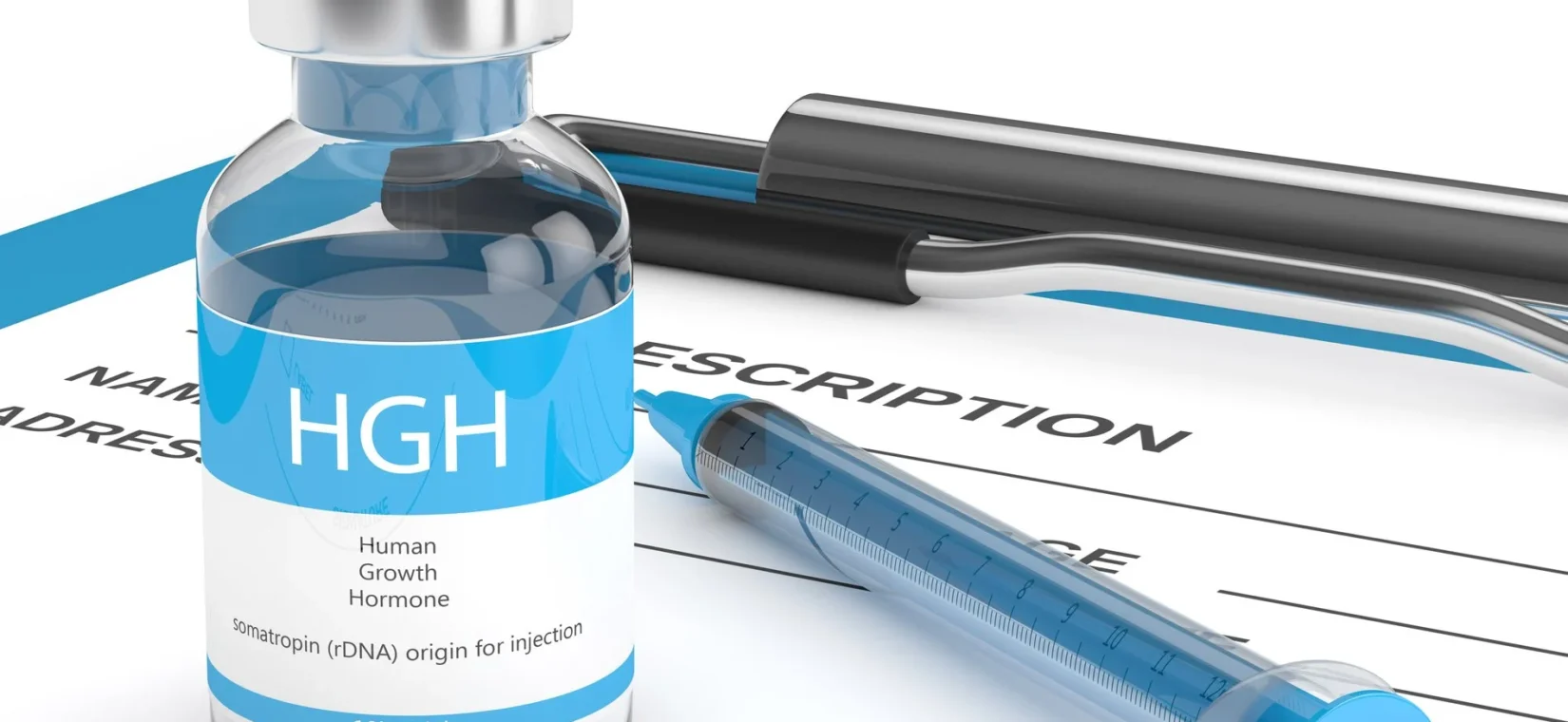There is a very close relationship between GH and IGF-1. Serum levels of IGF-1 are used to determine the response to GH! First, let’s explain the difference between negative and positive caloric balance.
A. Negative caloric balance (diet) ⇒ In this environment, GH is used mainly for fat burning and energy release. IGF-1 levels will be lower.
B. Positive caloric balance (calorie surplus) ⇒ In this environment, GH promotes anabolism more than fat burning. IGF-1 levels will be higher.
Essential information – after the application of GH, the process of IGF-1 production begins, which is gradual and not immediate! The peak levels of IGF-1 are reached approximately 8–10 hours after application.

FACTORS THAT REDUCE THE RESPONSE TO GH
1. Estrogens: High levels of E2, especially exogenous E2, reduce the effect of GH, because E2 stimulates IGFBP-1, which binds to IGF-1 and thus lowers its biological availability. Aromatising AAS increase the effect of GH and subsequently also the levels of IGF-1, but only to a certain extent – as I wrote at the beginning: excessively high levels of E2 will always reduce the effect of GH. E2 levels above 60 pg/ml can generally reduce the effect of GH by 10 to 40%.
2. Duration of use plays its role. After roughly 4–5 months of using GH, IGF-1 levels begin to decrease. This is caused by reduced dynamics of the GH-binding protein (GHBP) and desensitisation of GH receptors.
3. Obesity is also a strong factor ⇒ the more fat in the body, the lower the effect of GH. This involves the endogenous metabolic effects of GH vs. IGF-1. In obese individuals, lipolysis induced by GH causes an increase in FFA, which subsequently inhibits GH secretion.
4. Liver dysfunction or disease causes a decrease in IGF-1 levels, as does kidney disease. Here it is necessary to consider the use of oral AAS during GH use, as they burden the liver.
5. Age also plays its role. This is probably an evolutionarily conserved mechanism to support longevity. It is assumed that the reduction of IGF-1 levels in higher age is important for preventing various diseases and the overall process of ageing. Observations show that individuals with larger body size tend to die earlier than their smaller, age-matched counterparts. This reduction is reflected in the regulation of the GH vs. IGF-1 axis, where as a small child you have a daily production of GH of about 3.6 IU per day, but as a 50-year-old with an average weight of 70 kg, you will produce only 0.3 IU per day. Overall, with age a person also has a weaker response to administered GH.


